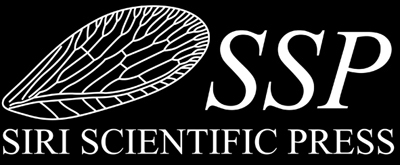Fossil Insects of the Purbeck Formation
Posted by David Penney on
The Purbeck Formation is a geological formation that spans parts of southern England, including Dorset and the Isle of Purbeck. The formation is notable for its rich fossil record, which includes a wide variety of ancient insects that lived during the Late Jurassic period, around 145 million years ago. In this blog post, we will explore some of the most interesting and important fossil insects found in the Purbeck Formation.
- Beetles
Beetles are one of the most common types of insects found in the Purbeck Formation. These fossils reveal a diverse range of beetle species, including weevils, longhorn beetles, and ground beetles. One particularly notable beetle fossil is that of a featherwing beetle (family Ptiliidae), which is one of the smallest known beetles in the world.
- Dragonflies/Griffenflies
These insects were common in the Jurassic period and their fossils are well-represented in the Purbeck Formation. These fossils include various species, including some with wing spans of over 10 inches (25 centimeters). They were important predators in their time and likely fed on smaller insects and even small vertebrates.
- Flies
Fossils of various types of flies have been found in the Purbeck Formation, including fruit flies, horse flies, and hoverflies. One particularly notable find is a fossil of a midge (family Chironomidae), which preserved intricate details of the insect's anatomy, including its mouthparts and sensory hairs.
- Cockroaches
Cockroaches are another type of insect that is well-represented in the Purbeck Formation. These fossils reveal various species of cockroaches, including some that were adapted to live in aquatic environments. Cockroaches are known for their resilience and adaptability, traits that likely helped them thrive in the diverse ecosystems of the Jurassic period.
- Ants
Fossils of ants have also been found in the Purbeck Formation, revealing the presence of this social insect group in the Jurassic period. These fossils include various species of ants, some of which had adaptations for digging and tunneling in the soil.
In conclusion, the fossil record of the Purbeck Formation provides a valuable glimpse into the diverse and complex ecosystems of the Jurassic period. The various species of fossil insects found in the formation highlight the incredible diversity of insect life during this time and provide valuable insights into the evolution and adaptation of these fascinating creatures. The study of fossil insects continues to be an important area of research, shedding light on the evolution of life on Earth and the complex interactions between species in ancient ecosystems.
Our monograph on this topic provides a complete modern synthesis on the diversity of this remarkable fossil biota. Click the cover for more info or to order your copy.
Share this post
0 comment

